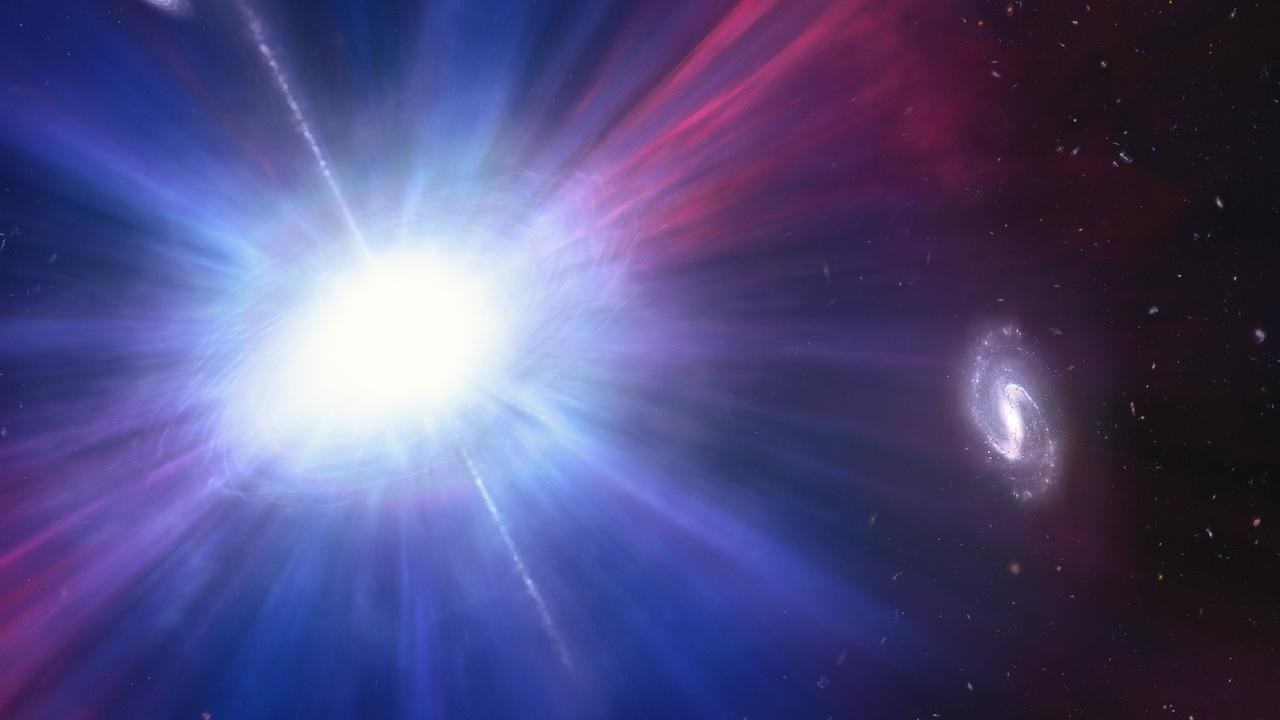‘Tasmanian devil’ explosion emits energy 100 billion times that of the Sun
Astronomers are in awe of a ‘never been witnessed before’ celestial spectacle known as the ‘Tasmanian devil’.

Astronomers have stumbled upon a cosmic enigma dubbed the ‘Tasmanian devil’ in the depths of the Universe.
The phenomenon, officially known as a Luminous Fast Blue Optical Transient (LFBOT), has defied the norms of celestial behaviour, captivating scientists with its unparalleled energy emissions, according to a report published in Nature.
LFBOTs are already recognised as rare and immensely powerful events, surpassing the might of supernovas.
However, the ‘Tasmanian devil’ LFBOT, observed on September 7, 2022, has rewritten the cosmic rule book.
Unlike its counterparts, this celestial spectacle didn’t adhere to the expected fade after its initial burst.
Instead, it continued to explode with supernova-like energies in rapid succession, defying the conventional timescales of such events.

Co-author of the paper, Professor Jeff Cooke from Swinburne University of Technology and the ARC Centre of Excellence in Gravitational Wave Discovery (OzGrav) led the observations using the W. M. Keck Observatory in Hawaii. Professor Cooke said an event like this has “never been witnessed before”.
The ‘Tasmanian devil’ emitted bursts of energy so intense they exceeded the combined output of an entire galaxy containing hundreds of billions of stars like our Sun.
Even more perplexing was that, contrary to expectations, the source briefly brightened again and again after its initial burst.
Cornell University Assistant Professor Anna Ho, lead author of the paper, said the ‘Tasmanian devil’ LFBOT, “a kind of weird, exotic event,” exhibited 14 irregular and highly energetic bursts over a 120-day period, captured by multiple observatories worldwide.

“However, these bursts are likely only a fraction of the total number,” Assistant Professor Ho said.
While the source of this astronomical spectacle remains shrouded in mystery, the current theory suggests the involvement of a black hole or neutron star formed by the initial explosion.
This celestial entity is believed to be collecting an immense amount of matter, leading to the subsequent intense bursts that have left astronomers in awe.
The observations were conducted by the W. M. Keck Observatory, as part of a global initiative involving 15 observatories.
“These (studies) are important to help understand the nature of this source, how these massive stars transition during their death process, and to help find more events to understand how common they are in the Universe,” Prof Cook said.





